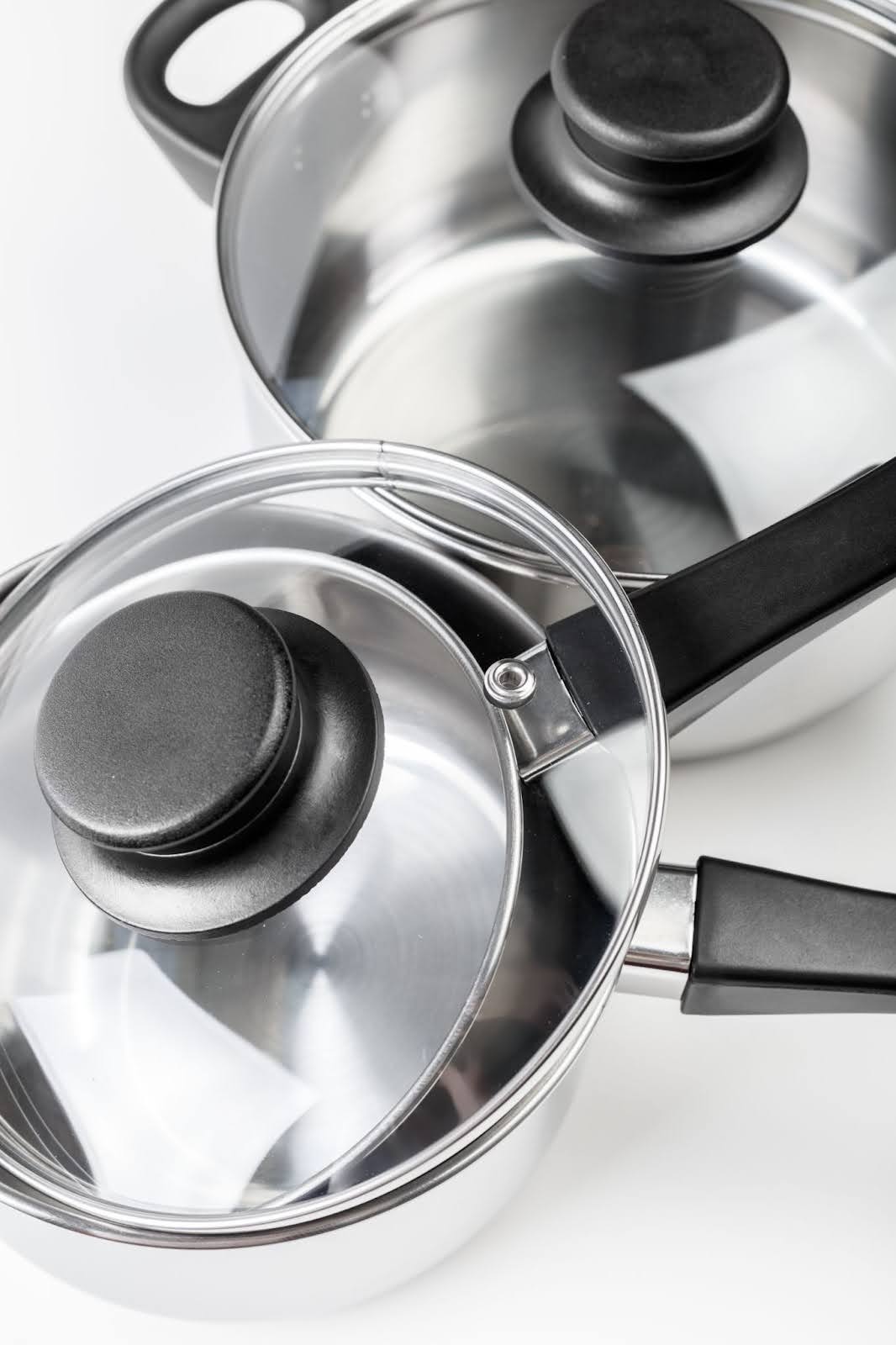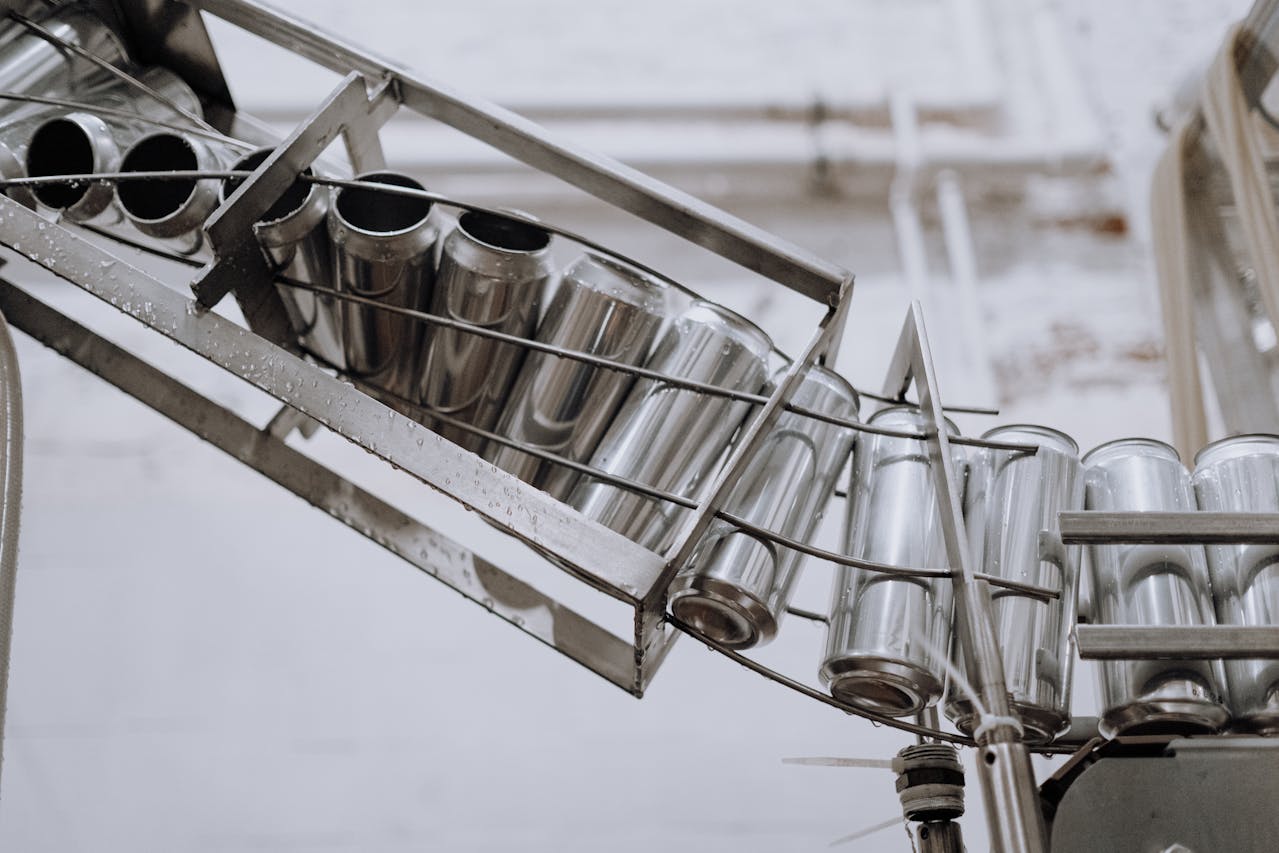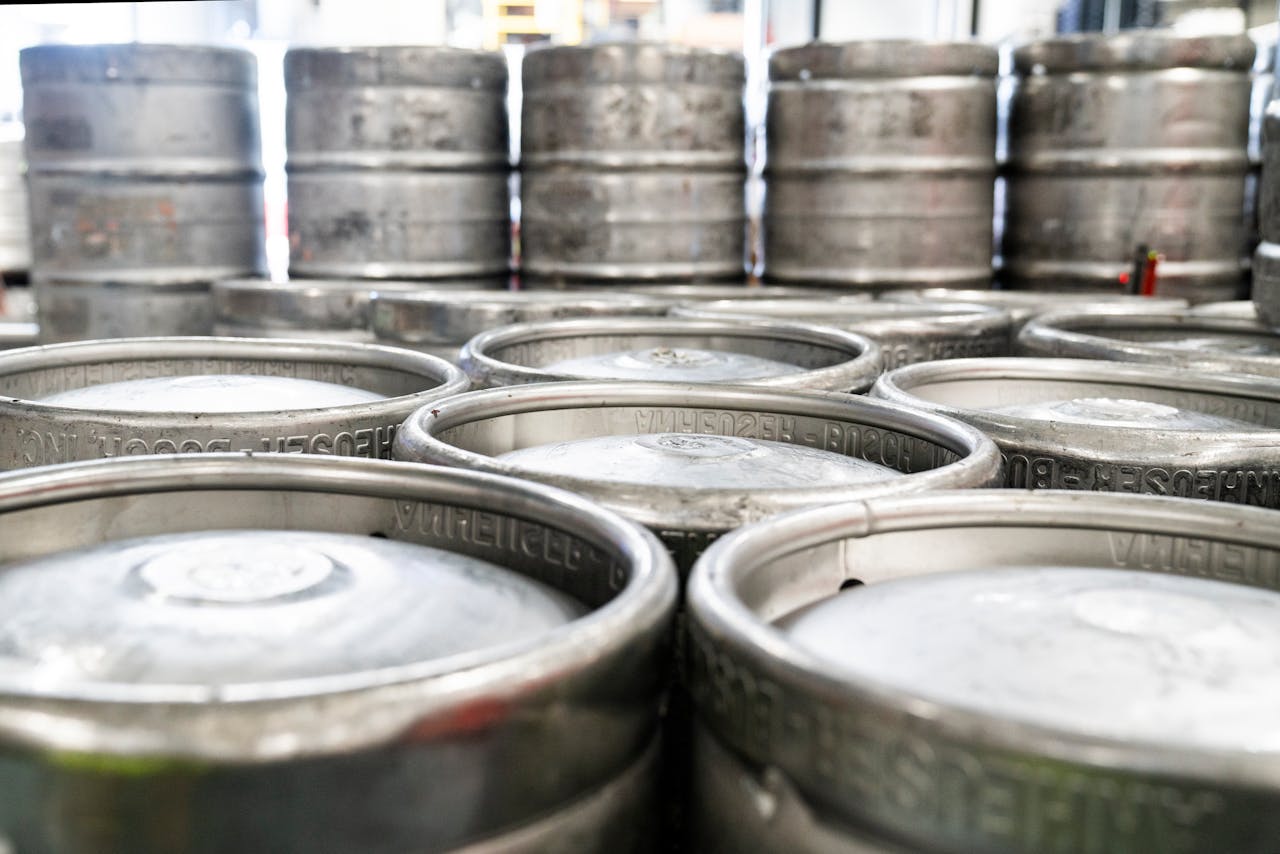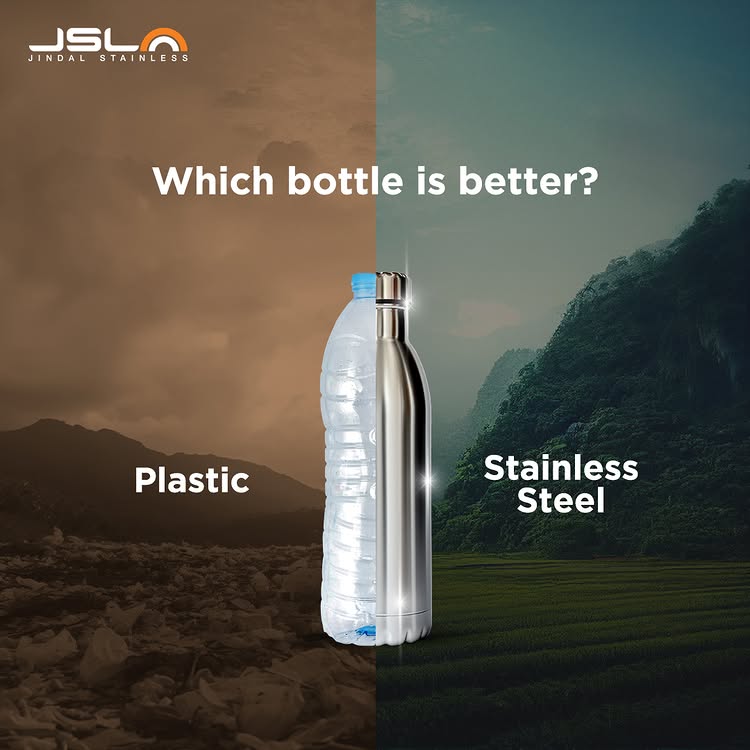3 Ply vs 5 Ply Stainless Steel: What’s the Difference and Which One Is Better?
September 12, 2025
In stainless steel cookware, “ply” refers to the layers of metal bonded together, which affect durability, heat distribution, and cost. The debate of 3 ply vs 5 ply matters because while 3 ply offers quick and efficient heating at a lower price, 5 ply provides added strength, better heat retention, and consistency for demanding cooking tasks. Choosing between them depends on how often you cook, the precision you expect, and your budget.

What is 3 Ply Stainless Steel Cookware?
3 ply stainless steel cookware has three bonded layers. The outer layer is stainless steel for durability, the middle layer is aluminum for quick heat conduction, and the inner layer is stainless steel, which makes the surface safe for food contact. This combination ensures even heating without hot spots, which is important for everyday meals.
Because it is lightweight and more affordable than higher-ply cookware, 3 ply is a popular choice for home kitchens. It gives you reliable performance for daily cooking tasks like boiling, sautéing, or making sauces without adding unnecessary weight to your cookware collection.

What is 5 Ply Stainless Steel Cookware?
5 ply stainless steel cookware has five bonded layers, usually alternating stainless steel with aluminum or copper at the core. The added layers improve heat retention and distribute heat more evenly across the pan. This reduces the chance of warping, even under high temperatures, and makes the cookware more durable over time.
Because of its strength and consistent performance, 5 ply is often preferred by professional chefs and serious home cooks. It works especially well for high-heat cooking methods such as searing, browning, or simmering dishes for long periods where steady heat matters most.

3 Ply vs 5 Ply: Key Differences
Both 3 ply and 5 ply stainless steel cookware offer solid performance, but they serve different needs in the kitchen. The main differences come down to the number of layers, heat performance, durability, weight, and price.
| Feature | 3 Ply Stainless Steel | 5 Ply Stainless Steel |
| Number of Layers | 3 (Stainless-Aluminum-Stainless) | 5 (Stainless-Aluminum-Stainless-Aluminum-Stainless or similar) |
| Heat Conductivity | Heats quickly with even cooking | Retains heat longer with more consistency |
| Durability | Strong but may warp at high heat | Highly durable with less risk of warping |
| Weight | Lightweight and easy to handle | Heavier with a sturdier build |
| Price | More affordable | Higher cost due to extra layers |
| Best For | Home cooks and daily use | Professionals and advanced cooking techniques |
This comparison makes it clear: 3 ply is practical and accessible for everyday cooking, while 5 ply is designed for performance and durability in demanding kitchens.
Is 5 Ply Better Than 3 Ply?
When you look at durability, stability, and cooking performance, 5 ply stainless steel cookware has an edge. The extra layers give it better heat distribution and retention, which means food cooks more evenly and stays warm longer. It also holds its shape under high heat, reducing the risk of warping over time. This makes 5 ply cookware especially valuable in professional kitchens or for people who cook elaborate meals that demand precision.
That said, better is not always universal. For everyday cooking, 3 ply stainless steel is still highly effective. It offers fast, even heating and is easier to lift and handle, especially with larger pots and pans. So while 5 ply scores higher on performance, 3 ply is more than sufficient for most home kitchens.
Which One Should You Choose?
Your choice should depend on how and what you cook most often:
- Choose 3 ply cookware if you want something lightweight, affordable, and efficient. It’s well-suited for tasks like boiling, sautéing, or preparing quick family meals. It also works best if you prefer cookware that heats up quickly and doesn’t feel too heavy on a daily basis.
- Choose 5 ply cookware if you cook frequently, often use high heat, or prepare recipes that require precise temperature control such as searing meats, simmering sauces, or slow cooking. Its sturdiness and long life make it a smart investment for those who see cooking as more than a routine task.
Both 3 ply and 5 ply cookware have their place in the kitchen. The right choice is not about which is better overall but which one aligns with your cooking habits, budget, and expectations for performance.
The Best Cookware Depends on Your Needs
Both 3 ply and 5 ply stainless steel cookware bring strong benefits to the kitchen. 3 ply offers a lighter, more affordable option that delivers efficient and even cooking for everyday use. 5 ply, on the other hand, is built for durability, professional-level performance, and handling demanding cooking techniques with ease.
Neither option is inherently better, it comes down to your cooking style, frequency, and budget. If you want reliable cookware for daily family meals, 3 ply is a smart pick. If you are looking for long-term value and performance that can match intensive cooking, 5 ply is worth the investment.





